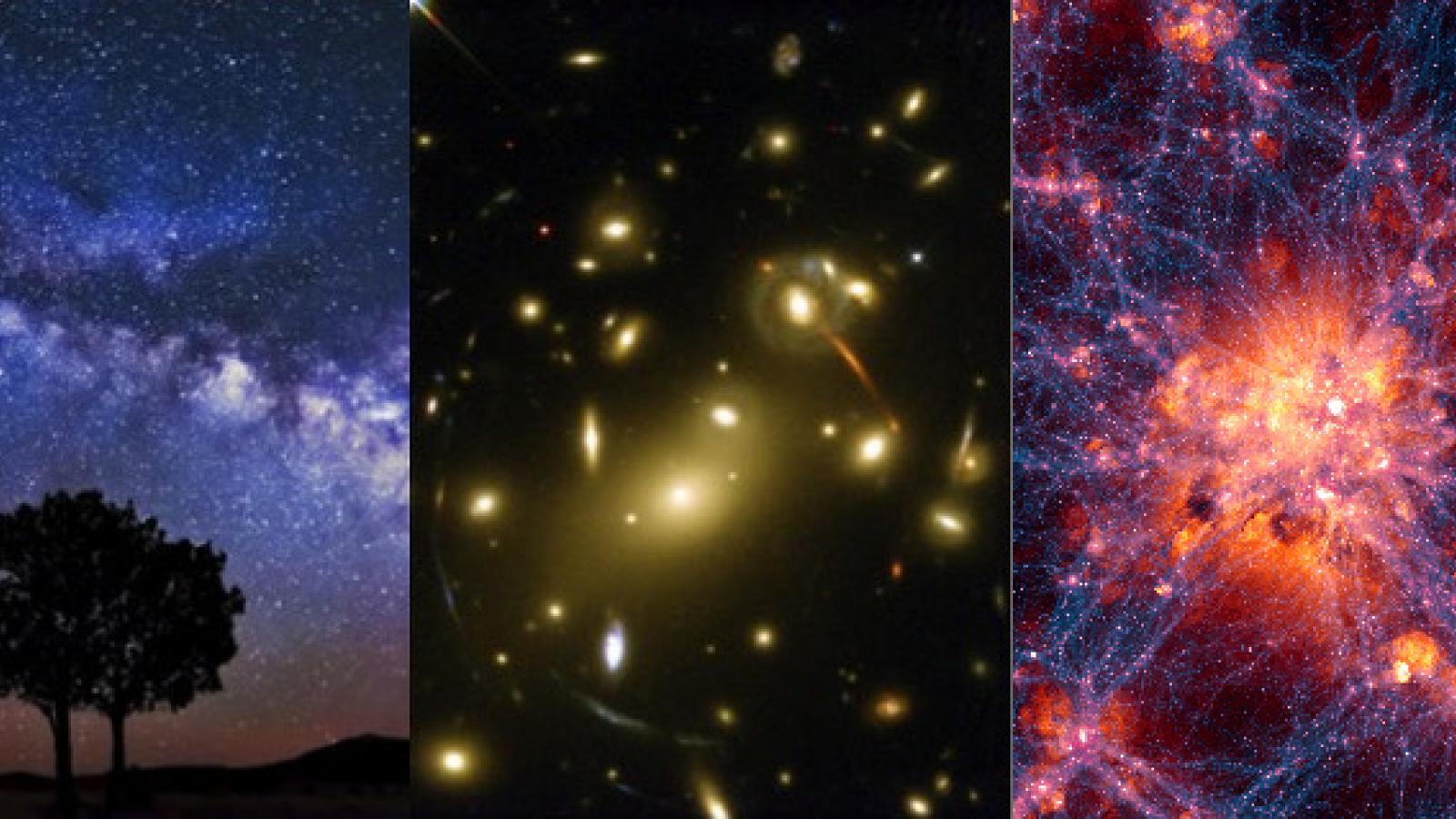How long do stars shine?
What is the Milky Way?
What is the origin and fate of our universe?
Astronomy 1144, Stars, Galaxies, and the Universe, is a one-semester overview of the universe beyond our solar system. The course is divided into three interlinking parts that review what astronomers have learned about the stars, the galaxies, and the universe as a whole. It is a General Education (GE) Physical Science course in the Natural Science category. The goals of courses in this category are for students to understand the principles, theories, and methods of modern science, the relationship between science and technology, the implications of scientific discoveries, and the potential of science and technology to address problems of the contemporary world.
Course Objectives
By the end of this course, students should successfully be able to:
- Understand the basic facts, principles, theories, and methods of modern science.
- Understand key events in the development of science and recognize that science is an evolving body of knowledge.
- Describe the interdependence of scientific and technological developments.
- Recognize the social and philosophical implications of scientific discoveries and understand the potential of science and technology to address problems of the contemporary world.
Astronomy 1144 will meet these expected outcomes by combining an examination of the facts astronomers and astrophysicists have learned about stars, galaxies, and the universe, with an exploration of the outstanding scientific problems that are the focus of current research. Together these illustrate the ways in which physical principles are used to understand the universe and to show how scientific theories are developed and tested against observations.
Among the questions that you should be able to answer by the end of the course are the following:
- What are stars?
- Where do stars get their energy?
- What is the fate of the Sun and other stars?
- What are galaxies?
- What is the Big Bang model of the universe?
- What are Dark Matter and Dark Energy?
- What is the ultimate fate of the universe?
Course Organization
This is a 3 credit hour course; each week, there will be 3 hours of lecture with occasional take-home assignments designed to explore some of the course topics in greater depth. For Arts and Sciences students in a Bachelor of Arts program, this course meets the Arts and Sciences GE requirement of a natural sciences course without a laboratory component.
Course Catalog Description
Structure, motions, and evolution of stars, interstellar material, galaxies, and the universe as a whole. Not recommended for students who plan to continue in astronomy or physics.
Prerequisites:
ACT Math Subscore of 22 or higher, or Math Placement Level R or better, or Math 1050 (075), 102, or permission of instructor. Not open to students with credit for 2292 (292),
1162 (162), 1162H (162H), or 172.
This course is available for EM credit. GEL Natural Science: Physical Science course. NS Admis Cond course.

